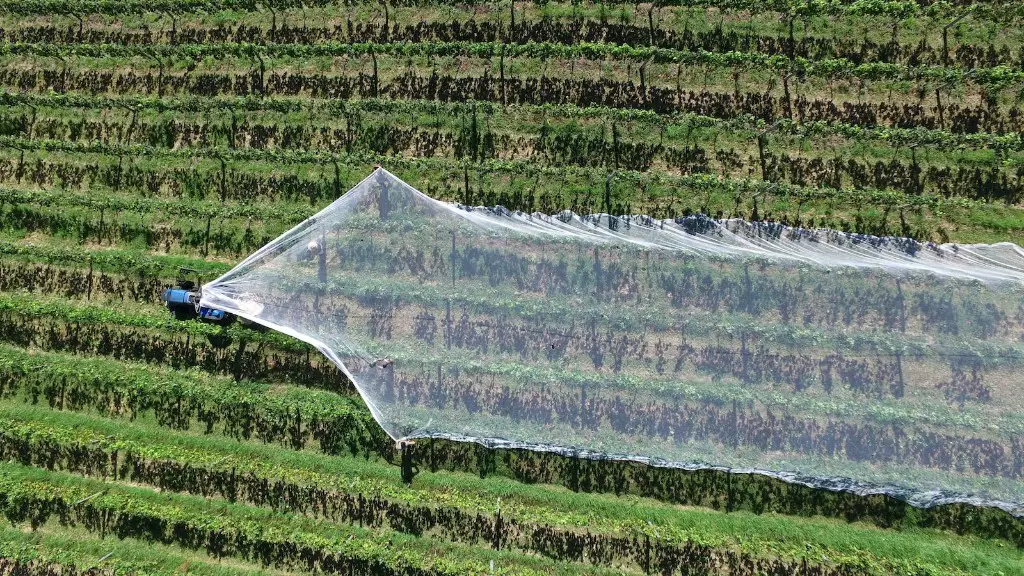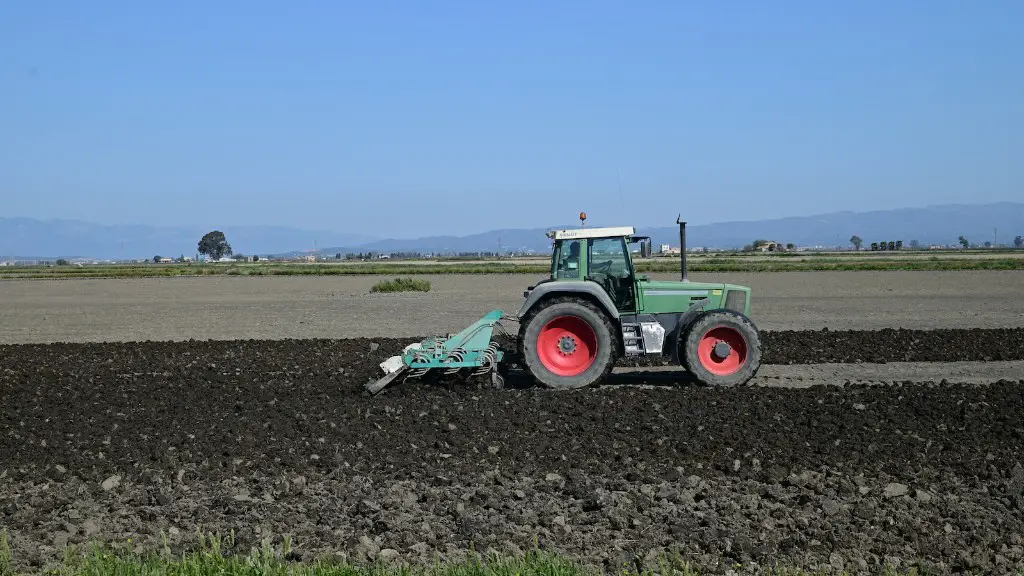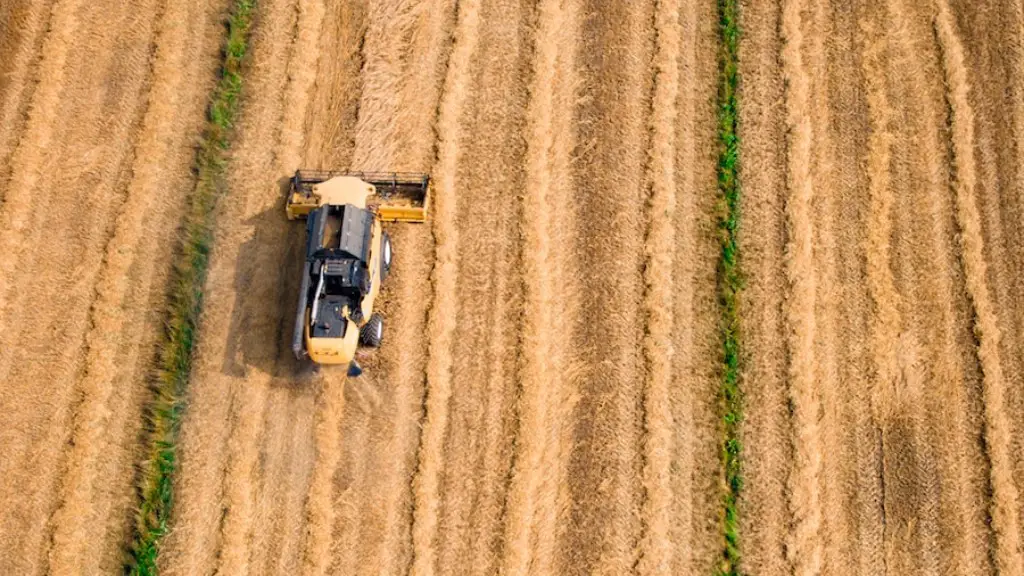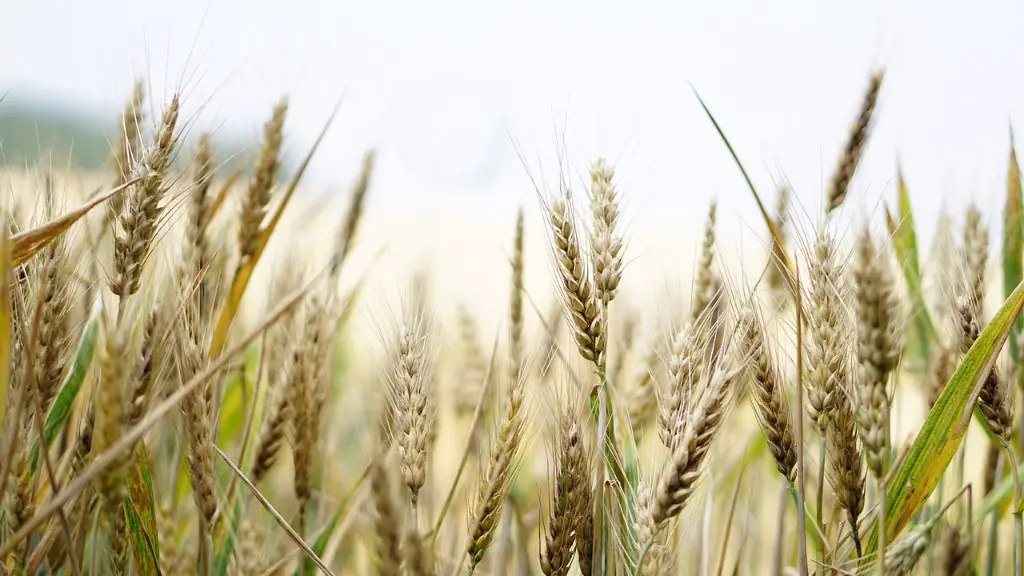Animal agriculture is responsible for a considerable share of global greenhouse gas (GHG) emissions. In the United States, food animal production accounts for approximately 15 percent of total GHG emissions generated by anthropogenic activities. The sector is second only to transportation in terms of its contribution to the US’s GHG emission. Additionally, in the UK, livestock production accounts for approximately 18 percent of the country’s total GHG emission.
Globally, it is estimated that animal agriculture is responsible for between 14 and 18 percent of all anthropogenic GHG emission. This is due to methane generated by animal digestive processes and their production of ammonia and carbon dioxide through respiration. Additionally, emissions from animal wastes, manure management, feed production, and other factors are included in this figure.
In the US, when calculating the GHG produced by livestock, the most significant contributors are dairy cows, beef cattle, pigs, and chicken. Together, these four food animal species account for approximately 83 percent of all GHG emissions attributed to animal agriculture in the United States.
When looking at these figures in relative terms, the contribution of livestock to global GHG emissions is substantial. This fact highlights the need to develop more efficient and sustainable ways of producing food animals to reduce this environmental impact.
Finally, the production of animal-based foods is likely to be a significant contributor to global GHG levels in the future, especially given that the world’s population is rapidly increasing and the demand for animal products is expected to rise as a result. As such, it is important to ensure that the processes used to produce these foods are as efficient and sustainable as possible in the future.
Methane Emissions
Methane is among the most significant GHGs produced by food animal production. It is a particularly powerful GHG that is emitted in significant quantities through enteric fermentation in ruminants such as cows, sheep, and goats. Additionally, it is emitted from manure management processes and as a byproduct of the production of feed for animals.
In the US, ruminant animals – cows in particular – are responsible for approximately 60 percent of GHG emissions attributed to animal agriculture. The remainder is attributed to other food animal species and manure management. Globally, ruminant animals account for 45 percent of all emissions linked to animal agriculture.
The key sources of methane emissions from ruminant animals are enteric fermentation and manure management. With regards to enteric fermentation, it is believed that this process accounts for approximately two-thirds of methane emissions from ruminants. Manure management facilitates the release of some of the methane that is produced by the animals and further adds to the overall emissions attributed to them.
Attempts to reduce emissions from enteric fermentation from ruminants have thus far been unsuccessful. As such, other methods, such as manipulation of feed and management practices, must be explored as ways to reduce the overall GHG emissions from food animal production.
Ammonia and Carbon Dioxide Emissions
In addition to methane, ammonia and carbon dioxide are also produced by the production of food animals. Ammonia is generated through livestock respiration, manure handling, and urinary processes. It is a toxic gas that contributes to atmospheric acidification and the production of fine particle air pollutants. A large proportion of ammonia emissions are attributed to cattle, with dairy cows and beef cattle alone responsible for approximately 70 percent of emissions from this sector.
Carbon dioxide is also generated in food animal production processes. It is produced during respiration and as a by-product of feed production. An estimated 8 percent of total US GHG emissions from animal agriculture are attributed to carbon dioxide emissions, with cows and pigs both contributing significant proportions to this figure.
Given their prevalence and contribution to global GHG levels, it is important to consider methods that can be used to reduce the amount of ammonia and carbon dioxide emitted by food animals. For example, improving management practices and feed composition can be effective means of reducing emissions from cattle. Increased efficiency and sustainability in feed production can also help to reduce carbon dioxide emissions from this sector.
Manure Management
Manure management is an important aspect of food animal production, as it is essential for the efficient use of animal waste. Manure can be used as a source of fertilizer and, when properly handled, provides an essential source of nitrogen and other essential macronutrients for plants.
Additionally, manure management is important for controlling the release of GHGs into the atmosphere. This is primarily achieved through the containment of animal wastes in closed systems, preventing the release of methane and other gases to the atmosphere. Manure can also be used in anaerobic digestion systems to produce energy and reduce methane emissions.
Finally, it is also possible to reduce GHG emissions from animal waste through the addition of carbon in the form of sawdust or agricultural residues. This carbon is used by microbes to break down organic matter, producing carbon dioxide instead of methane. It is also possible to reduce emissions through beneficial management practices such as shallow aeration, slurry management, and the use of sealants.
Feed Production
The production of feed for food animals is a key contributor to GHG emissions. This is primarily due to the release of carbon dioxide that occurs when feed crops are grown and harvested, although fertilizer use can also contribute to emissions of nitrous oxide. The majority of emissions from feed production are attributed to the production of soy feed for chickens and pigs, for which up to 15 percent of emissions can be attributed to feed production.
To reduce emissions from feed production, it is important to ensure that agricultural processes are as efficient as possible. Improved practices such as no-till agriculture and cover cropping can help to reduce fertilizer use and maintain soil fertility. Additionally, the use of alternative feedstocks, such as alfalfa and other legumes, can reduce the amount of agricultural land required for the production of feed.
Finally, the use of feed additives and supplements can also be beneficial for reducing emissions from feed production. These can modify the metabolic process of livestock, reducing the amount of feed required for a given level of production and thus reducing the emissions associated with feed production.
Reducing GHG Emissions from Animal Agriculture
Efficient and sustainable practices are essential for reducing the environmental impact of animal agriculture. This includes practices that reduce rates of emission of GHGs such as methane and ammonia, and those that limit the release of carbon dioxide and other GHGs associated with feed production. Additionally, improved manure management can reduce the environmental impacts of animal waste.
A significant proportion of total GHG emissions attributed to animal agriculture is the result of enteric fermentation in cattle. This means that any attempt to reduce emissions from this sector must focus on the efficiency of cattle production. Improved feeding and management practices, as well as feed additives, can help to increase the efficiency of cattle production and reduce GHG emissions.
In addition, the adoption of sustainable agricultural practices such as no-till agriculture and cover cropping can reduce the emissions associated with the production of feed for animals. These measures can ensure that feed production is as efficient, sustainable, and environmentally friendly as possible.
Finally, the use of anaerobic digesters to capture methane from animal waste is becoming increasingly popular and is a promising solution for reducing emissions from manure management. However, further investment and research is needed to ensure that these systems are as efficient and effective as possible.





